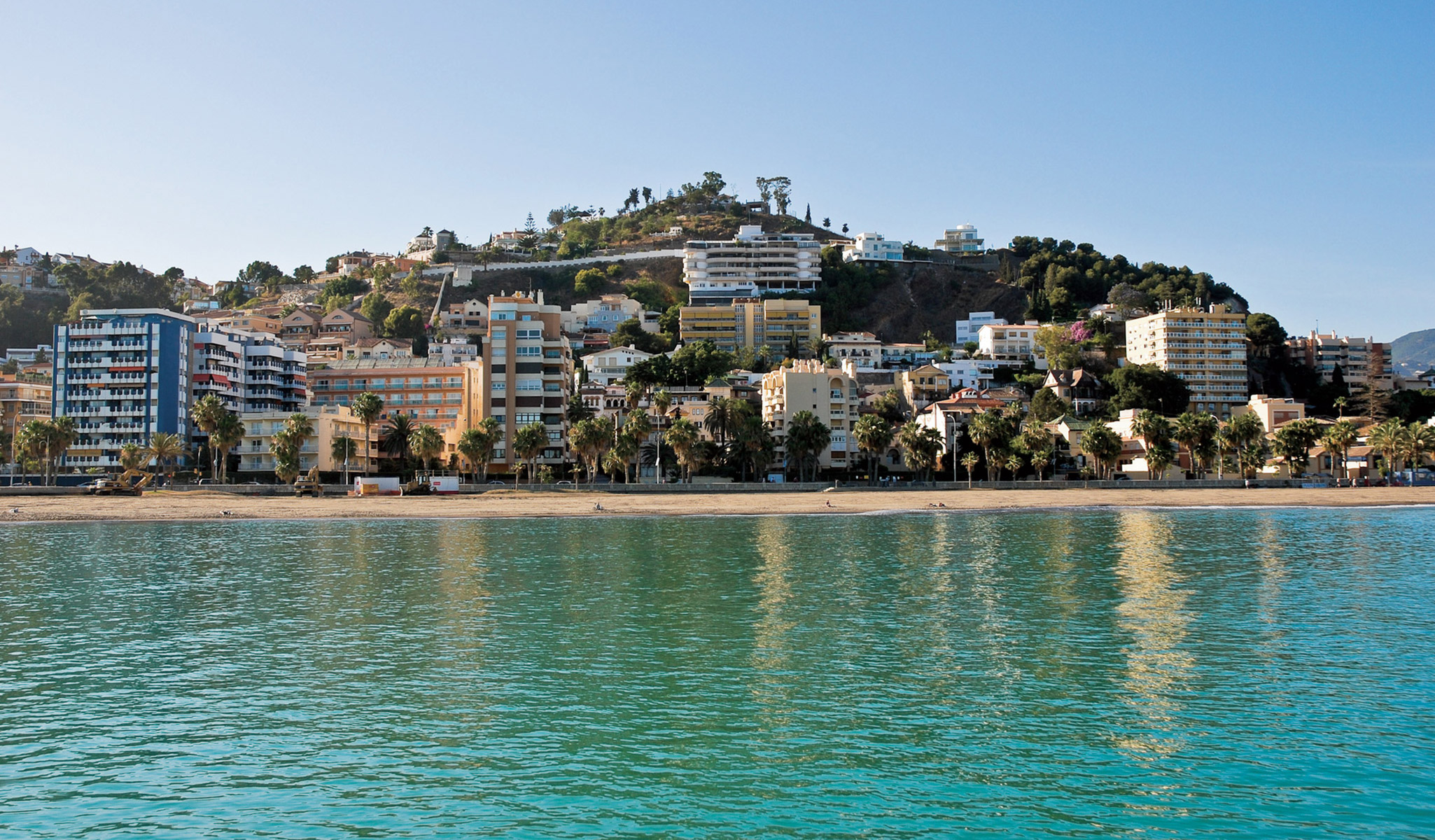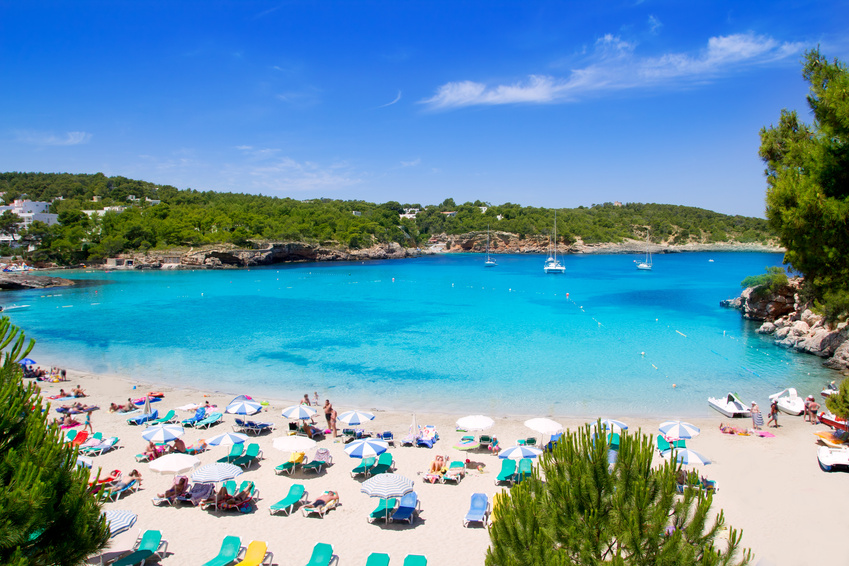Let’s see few of Spain’s tourist attractions San Lorenzo de El Escorial, about 45 kilometers northwest of Madrid, was the summer home of Spain’s kings, and in 1563, work was begun there on a huge complex, which would include a monastery, church, royal palace, mausoleum, library, and museum, all conceived as a monument to Philip II and his reign. The result is a staggering collection of attractions, built around 16 courtyards, its rooms and structures connected by 16 kilometers of corridors. At its core is the church, the highlight of which is Herrera’s 30 meter-high retablo, made of jasper and red marble and approached by a flight of 17 steps.
Along with the vaulted and frescoed ceilings by Tibaldi in the rooms off the lower cloister, highlights of the monastery are the Panteón de los Reyes (the Baroque burial vault of the Spanish kings) and the library, a grand room also decorated by Tibaldi frescoes. In the palace, be sure to see the Bourbon Suite, where the state apartments of Charles IV are decorated with rare furnishings and 338 tapestries. Beyond are the art-filled private apartments of Philip II. The Picture Gallery below has a large collection of fine paintings, including works by Hieronymus Bosch, Albrecht Dürer, Titian, Tintoretto, Veronese, Velázquez, and El Greco.
Looking for a vacation rental in Spain ? You can check Vacation homes in Spain.
Seville Cathedral and Alcázar
It is the largest gothic church in the world, and has been an Unesco World Heritage Site since 1987, along with Seville’s Alcázar palace, originally built by the city’s Moorish kings. The Alcázar is renowned as one of the best examples of mudéjar architecture in Spain and is still used today by the royal family as their Seville base, making it the oldest royal palace still in use in Europe.
Valencia City of Arts and Sciences
A dried-out river bed in Valencia was given a new lease of life by Spanish architect Santiago Calatrava when he built the City of Arts and Sciences, a cultural and entertainment complex comprising a series of domed glass buildings housing a planetarium, science museum and an open-air aquarium that is the largest in Europe.
The Pyrenees
Separating Spain from the rest of Europe, the mighty Pyrenees stretch nearly 500 kilometres (311 miles) from the Bay of Biscay to the Mediterranean Sea. A great place for hiking and other sporting activities, they are one of Spain’s most beautiful natural wonders.
Salamanca’s Plaza Mayor
One of Spain’s most beautiful squares, Salamanca’s Plaza Mayor is, like many other buildings in the city, constructed from sandstone. It is a good example of the city’s baroque architecture and is a popular meeting place, lined with cafes and restaurants.
With a mile-long stretch of pristine white sand and sun rays covering the whole seashore, the Costa del sol beaches offer sun and sand retreats for the tourists. Just a few steps away from the beautiful Marbella town of old whitewashed homes, these beaches are major Spain tourist attractions.
Famous for: Sun-bathing
Key attractions: Yacht ride, and golf at Golf Valley near the coastline.

Another recommendation we have for vacation in Spain.
While sightseeing in Spain, tourists must visit the Guggenheim Museum, Bilbao. The connection between the design of the museum along with architecture and collection that it holds will mesmerize the audience for sure.
Famous for: The museum structure
Key attractions Puppy Design, Tulips by Jeff Koons and Matter of Time by Richard Serra
Madrid to do things:
The residence of the monarchy from Carlos III to Alfonso XIII, this building now functions as a museum where you can admire the glitz and luxury of the Spanish royal elite. The architecture was inspired by sketches made by Bernini to build the Louvre in Paris, and although Filippo Juvarra began working on the plans, it would be his disciple Juan Bautista Sachetti who would eventually finish the job. The décor of the 3,000 rooms inside has been changed to suit the specific tastes of each monarch. Highlights include Sabatini’s main staircase, the Throne Room, the Royal Chapel, and the Royal Apothecary.
